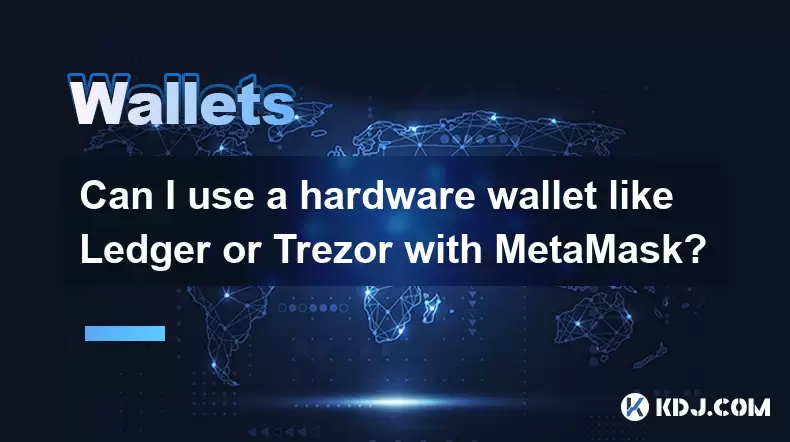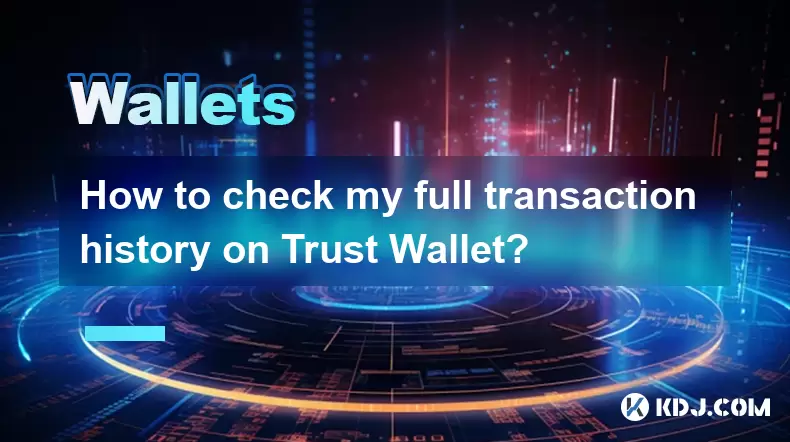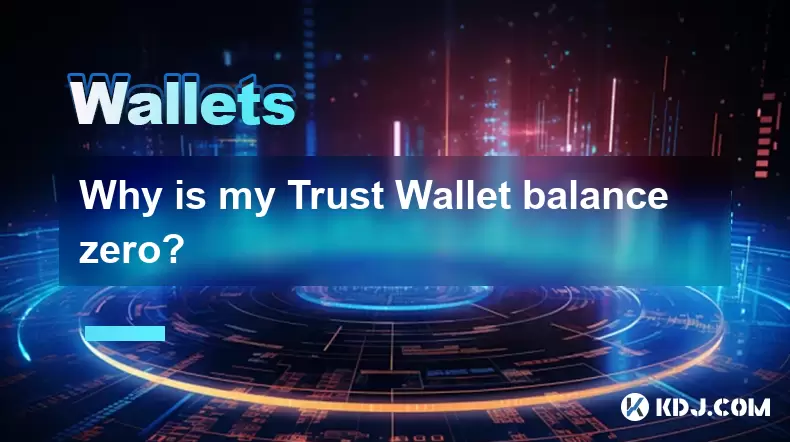-
 Bitcoin
Bitcoin $114000
0.14% -
 Ethereum
Ethereum $3493
-0.55% -
 XRP
XRP $2.877
-2.40% -
 Tether USDt
Tether USDt $1.000
0.04% -
 BNB
BNB $749.6
-1.00% -
 Solana
Solana $161.8
-1.73% -
 USDC
USDC $0.0000
0.01% -
 TRON
TRON $0.3261
-0.10% -
 Dogecoin
Dogecoin $0.1978
-1.14% -
 Cardano
Cardano $0.7237
1.01% -
 Hyperliquid
Hyperliquid $38.91
1.50% -
 Sui
Sui $3.466
1.01% -
 Stellar
Stellar $0.3856
0.86% -
 Chainlink
Chainlink $16.15
0.62% -
 Bitcoin Cash
Bitcoin Cash $538.9
0.49% -
 Hedera
Hedera $0.2436
2.25% -
 Ethena USDe
Ethena USDe $1.001
0.05% -
 Avalanche
Avalanche $21.36
-0.86% -
 Toncoin
Toncoin $3.661
2.11% -
 Litecoin
Litecoin $109.1
1.99% -
 UNUS SED LEO
UNUS SED LEO $8.964
0.01% -
 Shiba Inu
Shiba Inu $0.00001220
0.67% -
 Polkadot
Polkadot $3.604
1.10% -
 Uniswap
Uniswap $9.124
0.97% -
 Monero
Monero $297.4
1.31% -
 Dai
Dai $1.000
0.02% -
 Bitget Token
Bitget Token $4.311
0.35% -
 Pepe
Pepe $0.00001048
0.49% -
 Cronos
Cronos $0.1319
-0.50% -
 Aave
Aave $257.9
1.11%
Can I use a hardware wallet like Ledger or Trezor with MetaMask?
You can securely connect Ledger or Trezor to MetaMask for signing transactions without exposing private keys, enhancing protection against malware and phishing.
Aug 03, 2025 at 08:00 am

Understanding Hardware Wallet Integration with MetaMask
Yes, you can use a hardware wallet like Ledger or Trezor with MetaMask. MetaMask supports external hardware wallets to enhance the security of your cryptocurrency holdings. Instead of storing private keys within the browser extension, which is less secure, you can connect your Ledger or Trezor device to sign transactions securely. This integration allows you to interact with decentralized applications (dApps) on Ethereum and other EVM-compatible blockchains without exposing your private keys to the internet.
When you connect a hardware wallet to MetaMask, the extension communicates with the device through your computer’s USB or Bluetooth connection. All transaction signing occurs directly on the hardware wallet, meaning your private keys never leave the secure chip inside the device. This significantly reduces the risk of theft from malware or phishing attacks.
Setting Up Your Ledger Device with MetaMask
To connect a Ledger Nano S or Nano X to MetaMask, follow these steps carefully:
- Ensure your Ledger device is updated to the latest firmware via Ledger Live.
- Install the Ethereum app (or the relevant EVM-compatible chain app like Binance Smart Chain) on your Ledger via the Ledger Manager.
- Open MetaMask in your browser and click on the account icon, then select “Connect Hardware Wallet.”
- Choose Ledger from the list of available hardware wallets.
- Follow the on-screen prompts to allow MetaMask to detect your Ledger via WebUSB or WebHID.
- Unlock your Ledger and open the Ethereum app.
- Confirm the connection on both MetaMask and your Ledger device.
During this process, MetaMask will display the addresses stored on your Ledger. You can select one or more to import into MetaMask. These addresses are derived from your device’s seed phrase, so they are consistent across sessions. Never enter your seed phrase into MetaMask or any software application.
Connecting a Trezor Wallet to MetaMask
Connecting a Trezor Model T or Trezor One to MetaMask follows a similar principle but uses Trezor Suite or direct integration via the Trezor Bridge:
- Install the latest firmware on your Trezor using Trezor Suite.
- Make sure the Trezor Bridge is installed on your computer to enable browser communication.
- Open MetaMask and navigate to “Connect Hardware Wallet,” then select Trezor.
- Your browser will prompt you to allow Trezor to connect. Confirm the action.
- Unlock your Trezor and enter your PIN if prompted.
- Approve the connection request directly on the Trezor screen.
MetaMask will then scan for available accounts on your Trezor. You can choose which Ethereum or EVM-based addresses to import. Each imported account will appear in MetaMask, allowing you to switch between them seamlessly. All transaction approvals must be confirmed physically on the Trezor device, ensuring no unauthorized transactions can occur.
Security Benefits of Using Hardware Wallets with MetaMask
Using a hardware wallet with MetaMask introduces a multi-layered security model. The primary advantage is that private keys remain isolated within the secure element of the Ledger or Trezor device. Even if your computer is compromised, attackers cannot extract your keys. Every transaction requires physical confirmation on the device, adding a critical layer of protection.
Another benefit is protection against phishing. Malicious websites may attempt to trick MetaMask into signing fraudulent transactions. However, when using a hardware wallet, the device displays the full transaction details—recipient address, amount, and gas fee—on its screen. You must manually approve each transaction, making it nearly impossible to be fooled by disguised dApps.
Additionally, hardware wallets support multiple cryptocurrencies and networks. Once connected to MetaMask, you can manage assets on Ethereum, Polygon, Avalanche, and other EVM-compatible chains without compromising security. This flexibility allows users to explore DeFi, NFTs, and staking opportunities while keeping funds safe.
Common Issues and Troubleshooting Tips
Despite the robust design, users may encounter issues when connecting hardware wallets to MetaMask. Here are some common problems and solutions:
- Device not detected: Ensure your Ledger or Trezor is unlocked and the correct app (e.g., Ethereum) is open. Try switching USB ports or cables. For Ledger, enable WebUSB in settings.
- Connection timeout: Close other browser tabs using Ledger or Trezor. Restart MetaMask and refresh the page.
- Incorrect addresses shown: Verify that the derivation path used by MetaMask matches your device’s standard (e.g., m/44'/60'/0'/0 for Ethereum). Some wallets use different paths for legacy vs. modern accounts.
- Firmware compatibility: Outdated firmware can prevent connection. Always update your device via Ledger Live or Trezor Suite before troubleshooting.
If the issue persists, disconnect the wallet, restart your browser, and retry the connection process. Avoid using third-party extensions that may interfere with USB communication.
Managing Transactions and Accounts Securely
Once connected, managing transactions is straightforward. When interacting with a dApp, MetaMask will prompt you to confirm the transaction. Instead of signing with a software key, MetaMask sends the request to your hardware wallet. You must review and approve the transaction on the device’s screen. This includes checking the recipient address character by character, especially for large transfers.
You can also manage multiple accounts from the same hardware wallet. MetaMask allows importing additional addresses derived from your seed phrase. Each account functions independently, useful for separating funds for different purposes—such as trading, staking, or long-term storage.
For added security, disable unnecessary apps on your hardware wallet when not in use. Only install official apps from Ledger or Trezor. Regularly back up your recovery phrase in a secure, offline location. Never store it digitally or share it with anyone.
Frequently Asked Questions
Can I use the same hardware wallet with multiple MetaMask accounts on different browsers?
Yes, you can connect your Ledger or Trezor to MetaMask on different browsers or devices. Each time, you’ll need to re-establish the connection by selecting “Connect Hardware Wallet” and following the prompts. The hardware wallet itself remains the single source of truth for your keys.
What happens if I lose my hardware wallet?
If you lose your Ledger or Trezor, you can recover your funds on a new device using your recovery seed phrase. As long as you imported the same addresses into MetaMask, your balances and transaction history will reappear after reconnecting the new hardware wallet.
Does MetaMask charge fees for using a hardware wallet?
No, MetaMask does not charge any fees for connecting or using a hardware wallet. You only pay standard blockchain network fees (gas fees) when sending transactions, which are unrelated to MetaMask or the hardware device.
Can I use a hardware wallet with MetaMask Mobile?
Currently, MetaMask Mobile does not support direct USB connections to Ledger or Trezor. However, you can use Bluetooth-enabled devices like Ledger Nano X with the Ledger Live app and connect through WalletConnect. This allows secure signing without exposing private keys.
Disclaimer:info@kdj.com
The information provided is not trading advice. kdj.com does not assume any responsibility for any investments made based on the information provided in this article. Cryptocurrencies are highly volatile and it is highly recommended that you invest with caution after thorough research!
If you believe that the content used on this website infringes your copyright, please contact us immediately (info@kdj.com) and we will delete it promptly.
- Solana's Next Chapter: SOL Prediction and the SOLF Token Buzz
- 2025-08-03 18:30:16
- Token Chart Buzz: Analysts Eye Potential Price Increase with Mutuum Finance (MUTM)
- 2025-08-03 18:30:16
- Dogecoin, Utility Tokens, and Whales: A New Era for Crypto?
- 2025-08-03 19:10:16
- Small Cap Crypto Gem Alert: Ruvi AI's 100x Potential Shakes Up Solana, Ethereum, and XRP
- 2025-08-03 19:10:16
- SOLF Token vs. BONK: Predicting a $300 Solana in 2025?
- 2025-08-03 16:30:16
- Sei, Injective, and Bitcoin Dominance: Navigating the Crypto Landscape
- 2025-08-03 16:50:15
Related knowledge

What is a watch-only wallet in Trust Wallet?
Aug 02,2025 at 03:36am
Understanding the Concept of a Watch-Only WalletA watch-only wallet in Trust Wallet allows users to monitor a cryptocurrency address without having ac...

How to fix a stuck pending transaction in Trust Wallet?
Aug 03,2025 at 06:14am
Understanding Why Transactions Get Stuck in Trust WalletWhen using Trust Wallet, users may occasionally encounter a pending transaction that appears t...

What is a multi-coin wallet in Trust Wallet?
Aug 03,2025 at 04:43am
Understanding Multi-Coin Wallets in Trust WalletA multi-coin wallet in Trust Wallet refers to a digital wallet that supports multiple cryptocurrencies...

How to switch between networks in Trust Wallet?
Aug 02,2025 at 12:36pm
Understanding Network Switching in Trust WalletSwitching between networks in Trust Wallet allows users to manage assets across different blockchains s...

How to check my full transaction history on Trust Wallet?
Aug 02,2025 at 09:24am
Understanding Transaction History in Trust WalletTrust Wallet is a widely used non-custodial cryptocurrency wallet that supports a broad range of bloc...

Why is my Trust Wallet balance zero?
Aug 02,2025 at 03:49am
Understanding Trust Wallet Balance Display IssuesIf you're seeing a zero balance in your Trust Wallet despite knowing you've previously received or se...

What is a watch-only wallet in Trust Wallet?
Aug 02,2025 at 03:36am
Understanding the Concept of a Watch-Only WalletA watch-only wallet in Trust Wallet allows users to monitor a cryptocurrency address without having ac...

How to fix a stuck pending transaction in Trust Wallet?
Aug 03,2025 at 06:14am
Understanding Why Transactions Get Stuck in Trust WalletWhen using Trust Wallet, users may occasionally encounter a pending transaction that appears t...

What is a multi-coin wallet in Trust Wallet?
Aug 03,2025 at 04:43am
Understanding Multi-Coin Wallets in Trust WalletA multi-coin wallet in Trust Wallet refers to a digital wallet that supports multiple cryptocurrencies...

How to switch between networks in Trust Wallet?
Aug 02,2025 at 12:36pm
Understanding Network Switching in Trust WalletSwitching between networks in Trust Wallet allows users to manage assets across different blockchains s...

How to check my full transaction history on Trust Wallet?
Aug 02,2025 at 09:24am
Understanding Transaction History in Trust WalletTrust Wallet is a widely used non-custodial cryptocurrency wallet that supports a broad range of bloc...

Why is my Trust Wallet balance zero?
Aug 02,2025 at 03:49am
Understanding Trust Wallet Balance Display IssuesIf you're seeing a zero balance in your Trust Wallet despite knowing you've previously received or se...
See all articles

























































































